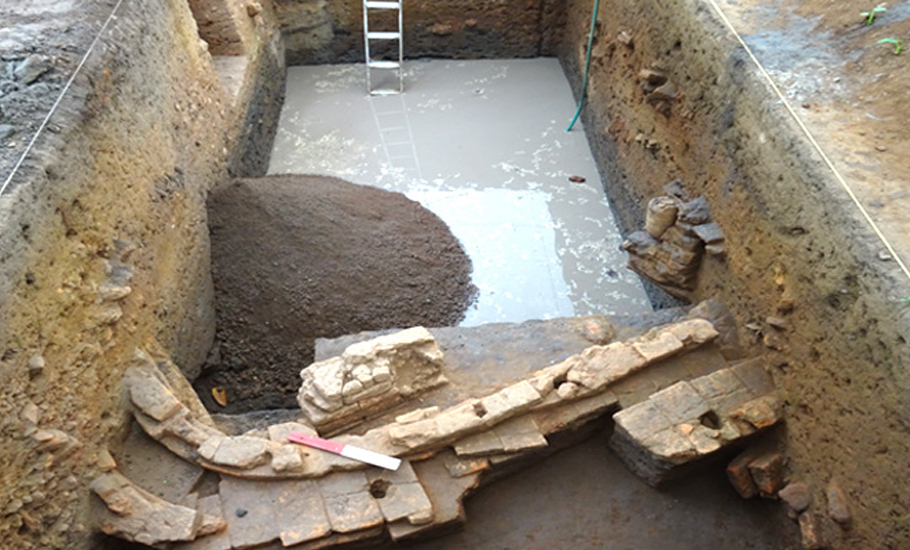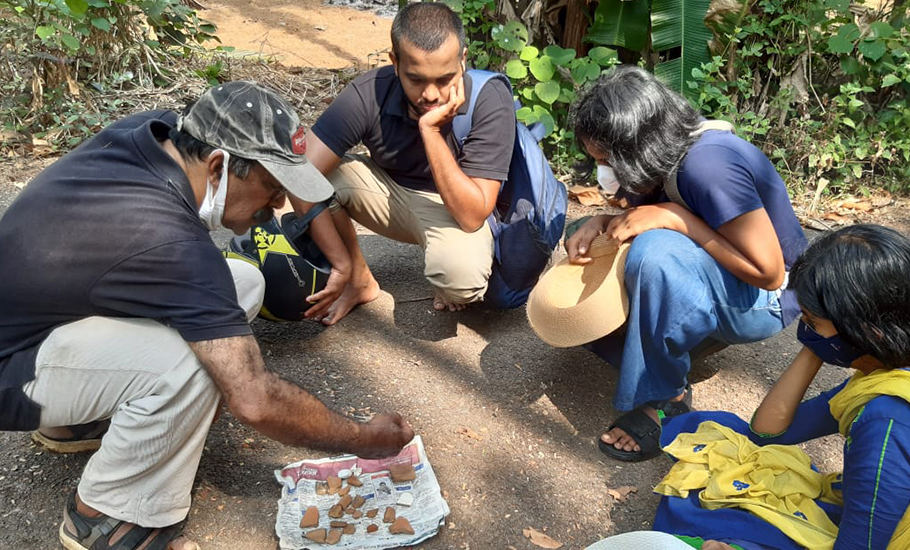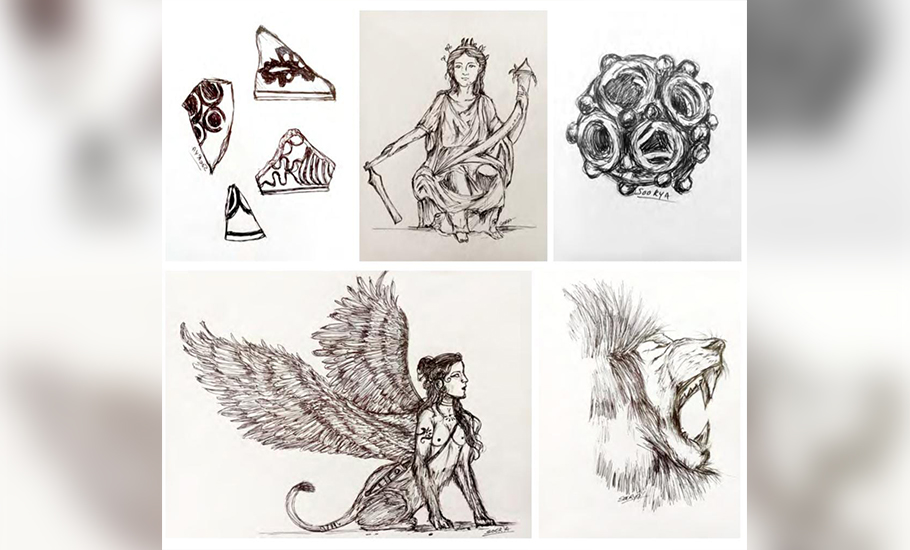
- Home
- India
- World
- Premium
- THE FEDERAL SPECIAL
- Analysis
- States
- Perspective
- Videos
- Sports
- Education
- Entertainment
- Elections
- Features
- Health
- Business
- Series
- In memoriam: Sheikh Mujibur Rahman
- Bishnoi's Men
- NEET TANGLE
- Economy Series
- Earth Day
- Kashmir’s Frozen Turbulence
- India@75
- The legend of Ramjanmabhoomi
- Liberalisation@30
- How to tame a dragon
- Celebrating biodiversity
- Farm Matters
- 50 days of solitude
- Bringing Migrants Home
- Budget 2020
- Jharkhand Votes
- The Federal Investigates
- The Federal Impact
- Vanishing Sand
- Gandhi @ 150
- Andhra Today
- Field report
- Operation Gulmarg
- Pandemic @1 Mn in India
- The Federal Year-End
- The Zero Year
- Science
- Brand studio
- Newsletter
- Elections 2024
- Events
- Home
- IndiaIndia
- World
- Analysis
- StatesStates
- PerspectivePerspective
- VideosVideos
- Sports
- Education
- Entertainment
- ElectionsElections
- Features
- Health
- BusinessBusiness
- Premium
- Loading...
Premium - Events

Pattanam throws up new dimension between Muziris and Rome through a She Sphinx intaglio

Pattanam, a mount on the banks of the Periyar river in Kerala, is considered a part of the ancient port called, Muziris, which is mentioned in Roman, Greek and Sangam literature. A huge volume of (1.3 lakh) artefacts made of iron, copper, gold, lead, glass, precious stones and terracotta have been unearthed since the excavation began in Pattanam in 2006. At least 45 lakh Indian-made...
Pattanam, a mount on the banks of the Periyar river in Kerala, is considered a part of the ancient port called, Muziris, which is mentioned in Roman, Greek and Sangam literature. A huge volume of (1.3 lakh) artefacts made of iron, copper, gold, lead, glass, precious stones and terracotta have been unearthed since the excavation began in Pattanam in 2006. At least 45 lakh Indian-made pottery assemblages and 1.5 lakh pottery pieces of the Chinese, South Arabian, Red Sea and Mediterranean provenance have also been excavated from the site so far.
Studies have been conducted based on the materials excavated from Pattanam, but an exclusive study, conducted recently by a young researcher based on five important artefacts, has brought in fresh perspectives to the maritime trade and cultural relations that this erstwhile port had with other countries centuries ago.
The five artefacts selected for the study include three intaglios – Leaping Lion (2010), The Fortuna (2014) and The She Sphinx (2020) – along with Chinese Porcelain and Golden Polyhedral Bead. The 2020 excavation in Pattanam gave a new dimension to the relation between Muziris and Rome through a She Sphinx intaglio.

Professor Julio Rocco of the University of Rome confirmed that the artefact unearthed had a similar image as that on the ring worn by Roman emperor Augustus Caesar (63 BC-AD 14). The Sphinx seal ring is sculpted out of Banded Agate, a semi-precious stone. “Sphinx is a character in Roman mythology. Augustus Caesar chose the Sphinx as seal ring because of her oracular power to declare the dawn of a new golden age,” said PS Soorya, the young researcher who conducted the study.
“Astrology seems to have played an important role in the power corridors of Rome and certainly so in determining the seal ring of the emperor,” she said.
Art and artefacts are a vital part of our history, as they contain historical and cultural memories. Ancient artefacts are symbols of human civilization.
How did the Sphinx ring end up at Pattanam?
The Sphinx intaglio, according to Soorya, might have come directly from Rome or it could have been made in Pattanam itself, especially since there is evidence of the presence of artisans working there with numerous precious stones. “The trench in which the Sphinx intaglio was found contains other precious stones also. As Muziris was one of the famous trading ports during ancient periods, perhaps some of these seal rings travelled with their owners, merchants or artists, who travelled around in need of materials to make products in daily life,” she added.
It was PJ Cherian, director of the PAMA Institute for the Advancement of Transdisciplinary Archaeological Sciences, who began excavations in Pattanam with the Kerala Council of Historical Research (KCHR) in 2006. The aim of the Muziris excavation project is to trace India’s trade and cultural transactions from the coast of Gujarat to Bengal and beyond. The excavations in Pattanam have unearthed relics of three dozen cultures linked to diverse geographies and linguistics that extend from Hepu (southern China) to Catalonia (Spain), dating from 5th Century BC to 5th Century AD.

It shows a highly sophisticated and plural culture that flourished in the Periyar (the longest river in Kerala) delta region with its indigenous settlements dating back to 1000 BC. Located in the Periyar delta region, Pattanam is now confirmed as the legendary port of Muziris or Muciri Pattinam or Vanji city, mentioned in the classical Tamil, Greek, and Latin sources.
It was Soorya’s interest in archaeology which led her to Pattanam, where she did a 21-day residential internship at PAMA’s Bappukudi Pattanam and RTKN CAC in Aluva. While Cherian introduced her to the excavated artefacts, archaeological trenches and field explorations, Madhavi Kunneriath (Universitat Rovira i Virgili, Spain) guided her on how to carry out the project.
There is a huge installation of a female figure carved in wood which is placed in the National Museum of Delhi. This art piece is the replica of the intaglio of the Roman goddess Fortuna or Tyche which was unearthed in Pattanam in 2014. “The intaglio found from Pattanam is the first excavated material with a human figure. This piece of art shows the wonderful relations between Muziris and Rome that can be dated to the first century BC,” the study said.

One of Fortuna’s earliest roles in Roman life was not as a goddess of the state, but as an agricultural goddess. Farmers thanked Fortuna for bringing them abundant food. She was also a protective goddess. The plentiful harvest brought by Fortuna inspired one of her most well-known symbols – the cornucopia (horn of plenty).
“The cornucopia is still used today in imagery of good fortune. She was the favourite goddess of sailors and merchants who believed that luck alone protected them from the dangers of the sea. Gamblers also invoked Fortuna often,” it said. It was during the time of Julius Caesar (100BC- 44BC) that Fortuna got prominence. “Caesar’s self-professed belief in his personal luck as a result of a series of encounters with Fortuna that added to the legend of Caesar as well as the prominence of Fortuna. The intaglios tell us about the ancient trade relations between various parts of the world with Muziris,” said Soorya.

The 2010 excavations in Pattanam were really important as it was for the first time in the history of Pattanam excavations that the team found an intaglio. The 2010 excavations resulted in the finding of a carnelian intaglio, measuring 1.2 x 1.0cm, with a figure of a leaping lion on it. The figure is etched on one side of a thin oval-shaped carnelian piece which is slightly curved.
Soorya said it is certain that there were no lions in south India at the time of Muziris and people here have little knowledge about this animal. The lion engraved intaglio shows the influence of other cultures in Pattanam. “Lion was an important figure in Rome because it was like a symbol of strength, sovereignty and justice before the Renaissance in Rome. Aristotle and Herodotus wrote that lions were even found in the Balkans in the middle of the first millennium. The importance of the lion influenced many other cultures. This may have resulted and encouraged the Romans to make amulets, artefacts of lions,” she said.
A series of excavations in Pattanam shows various evidence of the special ceramics, which include fine or distinct pottery of Indian, foreign and some unidentified types. The special ceramic assemblage from Pattanam excavation comprises Mediterranean (Roman) pottery, which includes amphora and terra sigillata and the West Asian which includes torpedo jar sherds (1986) and Turquoise Glazed Pottery. The others in this category are Indian Rouletted Ware, Black and Red Ware, Chinese ceramics and a host of unidentified fine wares. “The technique, medium, colour and beauty in Chinese ceramics make them one of the most beautiful pottery among them. Most of the excavated porcelain are modern day blue and white Chinese ceramics. This tells us about Chinese interactions around the world,” she said.
The Chinese porcelains evolved from a long period of time. “Chinese porcelain was first made in a primitive form during the Tang dynasty (618-907 AD) but the real porcelain with all techniques and decorations was formed during the time of the Han dynasty (206 BC-220 AD). “As China transitioned dramatically from the Tang dynasty to the Ming dynasty, the nature and perfection of Chinese porcelain also changed and matured. The evidence from Pattanam shows the cross-cultural exchanges and influences,” claims the study.

When Soorya moved to the Polyhedral golden beads, the fifth artefact in her list, she realised one thing. Time was running out. She asked for a two-week’s extension. The PAMA director agreed to it. “The origin of polyhedral golden beads is unknown, but its finding from different areas shows the trade linkage between various countries. These are really created by highly talented goldsmiths which result in the use of the gold as a symbol of power, status and wealth. Although this particular artefact resembles a bead, similar to those from Hepu, these types of artefacts have also been interpreted as Roman dodecahedron,” said the 21-year-old.
Soorya said she studied a diverse range of artefacts over the course of her study which provided her a great opportunity to examine relationships between people and things. As an artist, she also drew representational sketches of the five artefacts as part of the study.
“The sphinx was a really interesting character while I studied about the intaglio. She was considered a monster but when we study we can understand the truth. Even though she kills people, she is against non-consensual love and tries to help the people who haven’t given their consent in love and so are being abused. So I wanted to have both power and elegance for her. The Fortuna that I mentioned in the intaglio was standing but I did a sitting Fortuna with rudder and cornucopia as the intaglio,” said Soorya, who also sketched the five artefacts. “When we look deep into the artefacts, we can tell that it’s not just about the artefact, but also about history. There is always a story behind every selected artefacts, the people who used it, and the society and culture it was part of,” she added.
